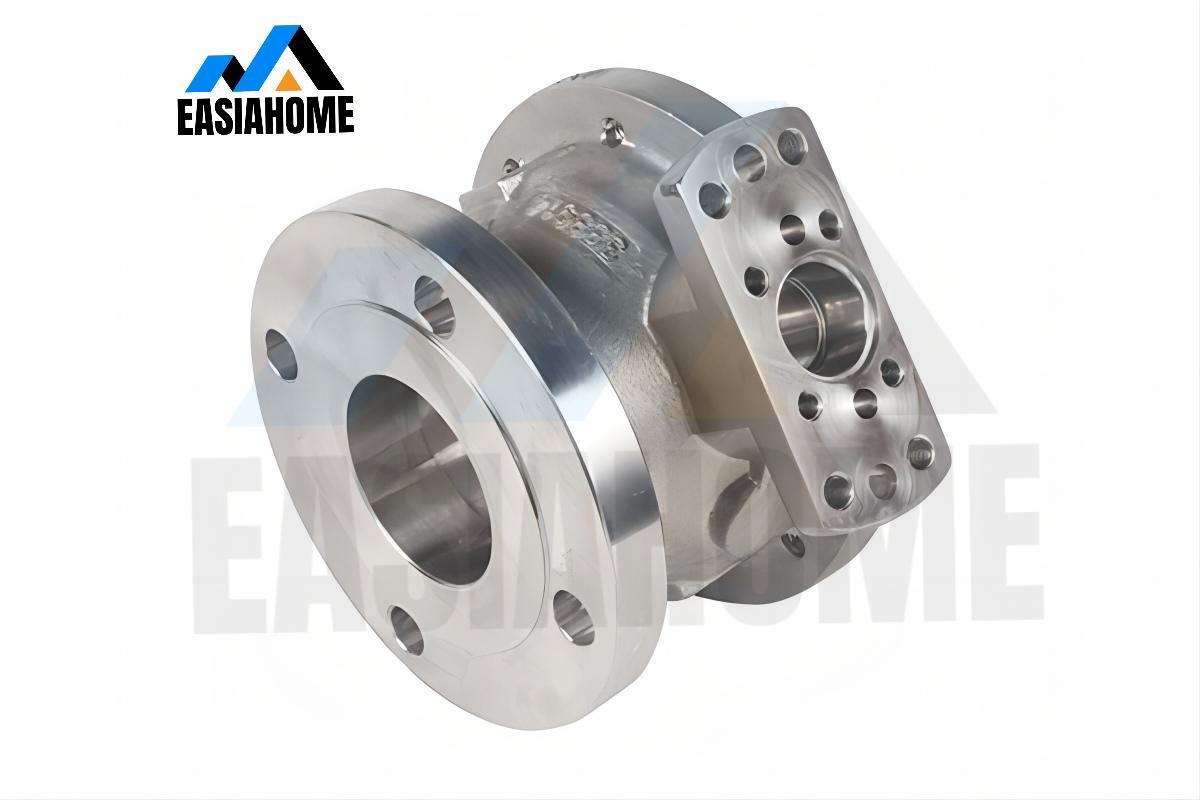Sand casting is a widely used casting process that offers several advantages in terms of versatility, cost-effectiveness, and simplicity. Here are some key advantages of sand casting:
-
Versatility: Sand casting is a highly versatile casting method that can accommodate a wide range of shapes, sizes, and complexities. It is suitable for both small and large-scale production and can produce castings in various materials, including ferrous and non-ferrous metals, as well as alloys.
-
Cost-Effectiveness: Sand casting is a cost-effective casting process, especially for low to medium production volumes. The materials and equipment required for sand casting are relatively inexpensive compared to other casting methods, such as investment casting or die casting. This makes it an economical choice for producing large and heavy parts.
-
Wide Material Selection: Sand casting can be used with a wide range of materials, including cast iron, steel, aluminum, bronze, and brass. This allows for flexibility in choosing the appropriate material based on the specific requirements of the application, such as strength, corrosion resistance, or heat resistance.
-
Complex Geometries: Sand casting can produce castings with intricate and complex geometries. The sand molds are easily formed and can replicate intricate details, undercuts, and internal features of the casting. This makes it suitable for producing parts with complex shapes, such as engine components, turbine blades, and pump housings.
-
Scalability: Sand casting is a scalable process that can be adapted to produce castings of various sizes and weights. It can accommodate both small and large castings, ranging from a few ounces to several tons. This scalability makes it suitable for a wide range of applications, from small machine components to large industrial equipment.
-
Low Tooling Costs: Compared to other casting processes that require expensive molds or dies, sand casting has relatively low tooling costs. The molds used in sand casting are made from readily available materials, such as sand, resin, and binders, which are relatively inexpensive. This makes sand casting a cost-effective option for prototyping and low-volume production.
-
Flexibility in Design Changes: Sand casting allows for design flexibility and easy modifications. Since the molds are made of sand, they can be easily altered or repaired to accommodate design changes or improvements. This flexibility is beneficial during the development and refinement stages of a product.
-
Green Sand Reusability: In the case of green sand casting, the sand used in the molds can be reused multiple times. After the casting solidifies, the sand is reclaimed, and any contaminants or binders are removed through a sand reclamation process. This recycling of sand reduces waste and contributes to the sustainability of the casting process.
While sand casting offers numerous advantages, it is worth noting that it may not be suitable for high precision or tight tolerance requirements. Additionally, the surface finish of sand castings may require additional post-processing to achieve the desired smoothness or texture. However, considering its versatility, cost-effectiveness, and ability to produce complex shapes, sand casting remains a popular and widely used casting method in various industries.

